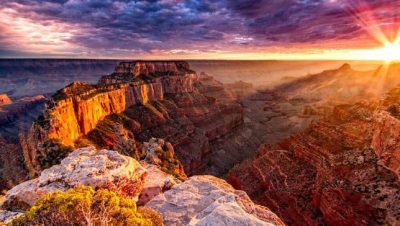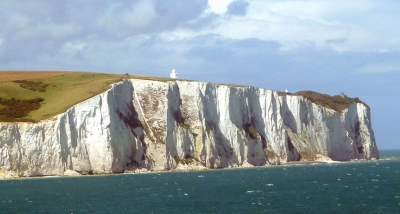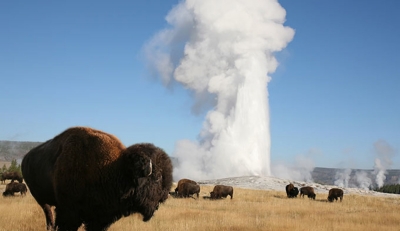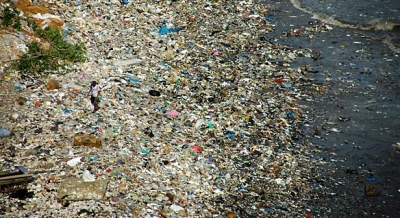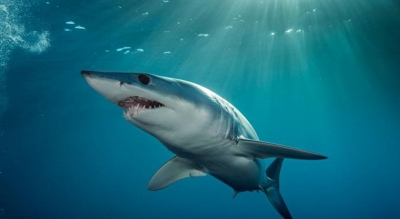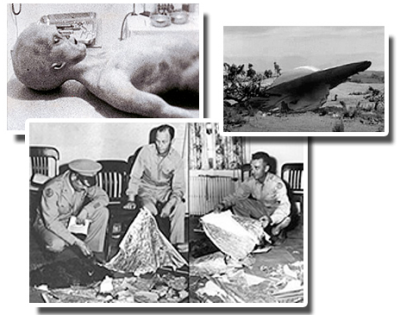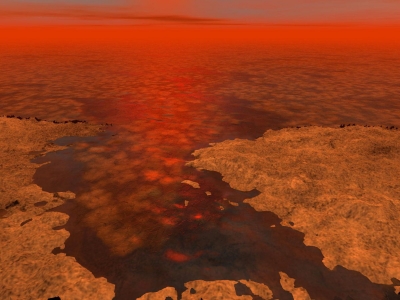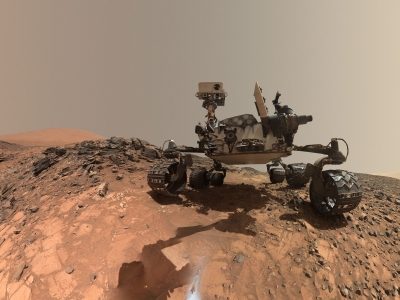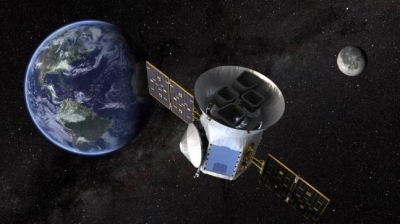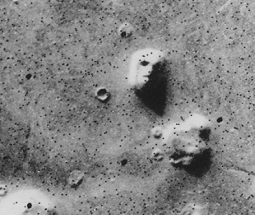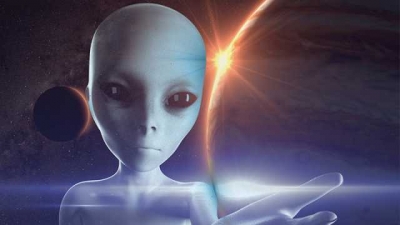Why do diamonds last forever?
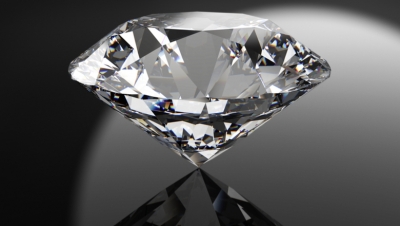
Earth’s most valuable gemstone is also its hardest natural surface. Only a diamond can scratch another diamond. These rugged rocks are forged 100 miles below your feet, where the molten temperatures and intense pressure of Earth’s mantle put the big squeeze on carbon, one of the planet’s most common elements (your body is nearly 20 percent carbon). Clusters of carbon atoms mash together over billions of years into a dense and rigid pattern. The end result: diamonds. Eventually, lava pushes veins of these rocks toward the surface, where they look more like pieces of glass than glittering jewels – until a jeweler cuts and polishes them. Scientists figured out how to replicate this process in the 1950s to create itty-bitty artificial diamonds for the tips of cutting tools and industrial drills.
Picture Credit : Google
